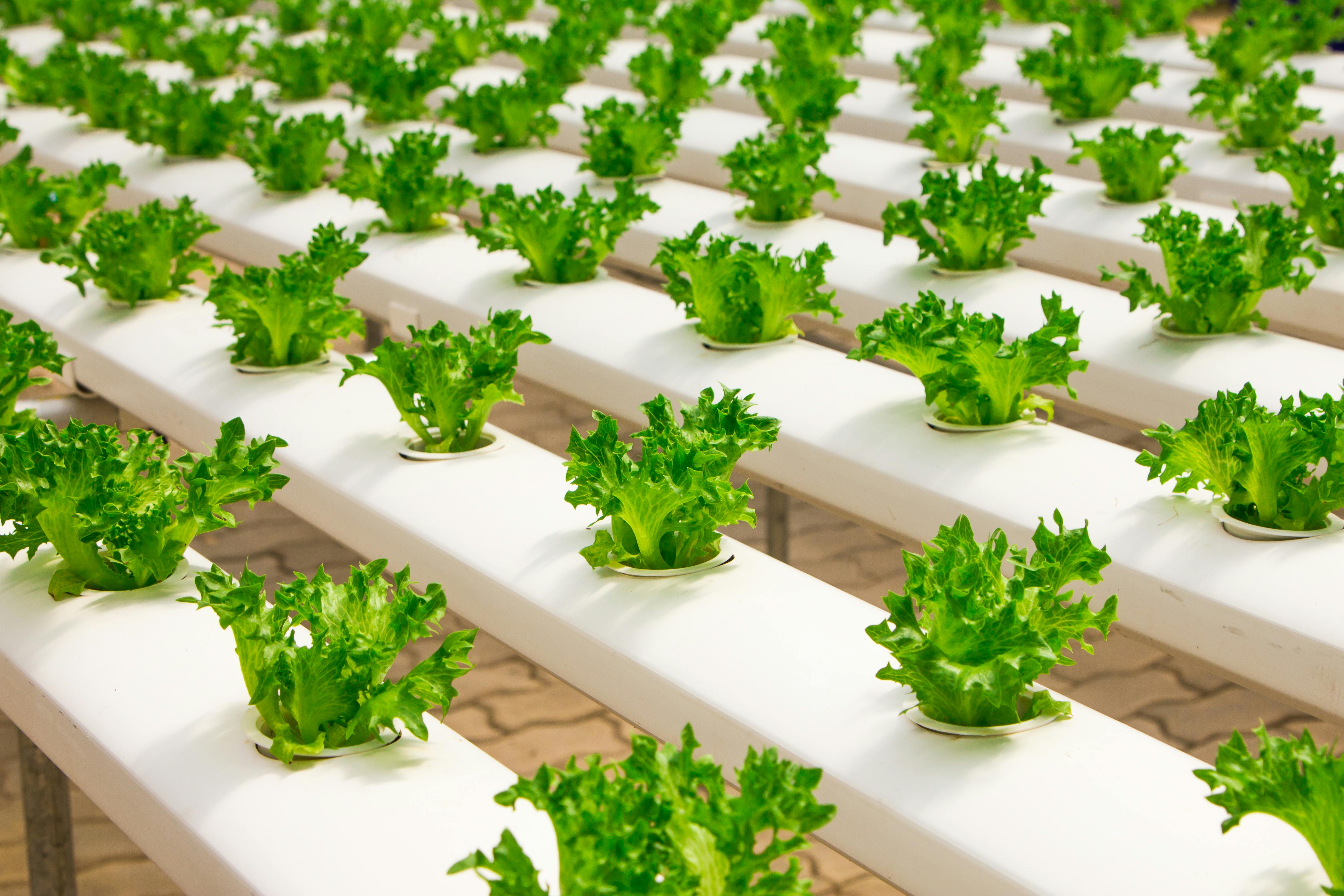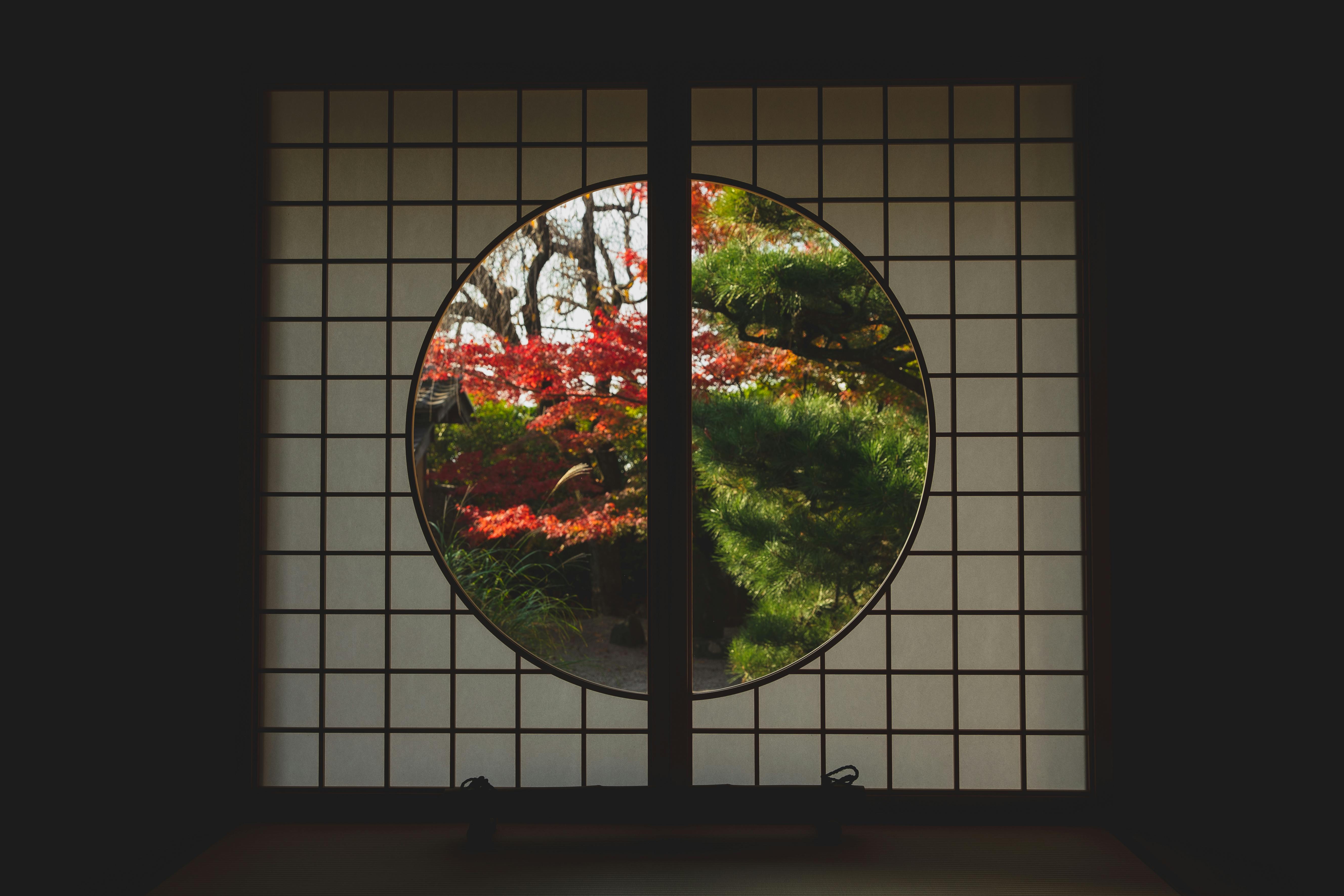Gardening is a rewarding and enjoyable hobby. Whether you are new to gardening or experienced, growing a garden successfully takes research, preparation, and patience. If you’re just getting started, this guide will provide you with the basics of how to grow a garden for beginners.
Before starting your garden, it’s important to do some research so that you can choose the best plants for your location and climate. You should also think about how much time you are willing to devote to your garden and what kind of soil you have available. Once you have the necessary information, it’Preparing the garden space involves a few steps. First, clear the area of any existing debris or vegetation. Remove any rocks, weeds, or other obstructions from the ground. Second, till the soil to a depth of 8-12 inches to ensure good aeration and drainage. Third, add organic matter such as compost or manure to improve soil fertility and structure. Finally, level the space and lay down a layer of mulch to help retain moisture and discourage weed growth. Once these steps are completed, you can begin planting your garden!
Choosing Easier Vegetables to Grow
Growing vegetables doesn’t have to be a difficult endeavor. There are many vegetables that are quite easy to grow and can provide you with a bountiful harvest. Some of the easier vegetables to grow include tomatoes, peppers, carrots, eggplant, potatoes, beans, squash and cucumbers.
Tomatoes are probably one of the most popular vegetables to grow. They require a bit more care than some other vegetables, but they are still relatively easy to manage. Peppers come in many varieties and they can be grown in
Placing the Seeds in Soil
Planting seeds is an important step in gardening that requires careful preparation and attention. Before putting the seeds in soil, gather the necessary supplies such as a planting container, potting soil, and the desired seeds. When selecting a planting container, consider factors such as size and drainage capabilities. The potting soil should be light and fluffy with enough nutrients to support seed germination. After gathering all of the supplies, it is time to place the seeds in the soil.
Start by filling the planting container with potting soil until
Watering the Garden Regularly
Watering a garden is one of the most important aspects of gardening. Without adequate water, plants cannot grow and thrive. Plants need water to survive and to help them reach their full potential. In order to ensure that your garden is getting enough water, it is important to water it regularly.
Watering a garden can be done in several different ways. One way is to use a hose or sprinkler system, which can be used to evenly distribute water across the entire garden. Another way is to use a watering can, which
https://images.pexels.com/photos/348689/pexels-photo-348689.jpeg
Adding Fertilizer When Needed
Keeping your garden healthy and lush requires more than just watering. Adding fertilizer to the soil is an important part of the process and should be done when needed. Fertilizers help to provide essential nutrients for plants, allowing them to grow and thrive. They also help to improve soil quality, so it can absorb more water and nutrients from the air or rain. When adding fertilizer, it’s important to be aware of how much to use and what type of fertilizer is best for the plants in your garden.

Weeding
Weeding is an important part of maintaining a healthy garden. It helps to keep plants healthy and prevents the spread of pests and diseases. Weeds compete with other plants for nutrients, water, and sunlight, so it’s important to remove them regularly. Hand weeding is the most effective way to get rid of weeds, but there are also a variety of herbicides available to help control them. Be sure to read the instructions carefully before using any chemical products in your garden.
Controlling Pests and Diseases
Knowing When to Harvest
Harvesting crops is an important step in the process of growing food. Knowing when to harvest can be tricky, as different crops require different amounts of time to mature. The type of crop, its growth rate, and the desired outcome all factor into when it’s time to harvest.
Crops should be harvested at their peak maturity, when they are ripe and full of flavor. Harvesting too early can mean that the produce is small, bitter, and low in nutritional value. On the other hand, harvesting too late can
Mulching to Help Maintain Moisture
Mulching is a great way to help maintain moisture in your soil and protect your plants from the elements. Mulches are layers of organic material (such as shredded bark, leaves, or compost) applied to the surface of the soil around plants. They provide a barrier between the soil and the environment, helping to reduce evaporation and keep moisture in. Mulches also help keep weeds at bay, reduce erosion, and protect against temperature fluctuations. When used properly, mulches can be an effective tool for maintaining moisture

Conclusion
Growing a garden is an enjoyable and rewarding experience. Starting off with the basics of soil, sun, and water, you can begin your journey to growing a thriving garden. With proper research, planning, and dedication, you can be sure to have a bountiful harvest year after year.
As you continue to grow your garden and gain more experience, don’t be afraid to experiment with new techniques or plants. Gardening is as much about experimenting as it is about maintaining the basics. With some patience and determination, you’ll be on your way to becoming
